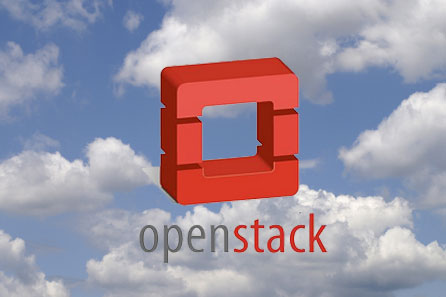
The OpenStack community is growing exponentially around the world, with developers contributing to the open source platform for public and private clouds. Like web sites in the early days of the web, the OpenStack project site has a counter on it - except it doesn't count site traffic, but shows the number of people (2,685) and companies (156) involved in the project.
On a recent trip to Toyko and Bejing, Jonathan Bryce, co-founder of the Rackspace Cloud and chairman of the OpenStack project policy board, was impressed by the level of engagement in OpenStack. "The level of interest over there was just amazing," said Bryce. "We had hundreds of people at a meet-up." Engineers at various Asian firms are taking OpenStack very seriously and are quite involved, Bryce said. (For a view of OpenStack Worldwide, visit their Google Map. )
New Open Stack Projects and Platforms
Japan's Nippon Telegraph and Telephone Corporation (NTT) joined with HP, Dell, Cisco, Equinix and Rackspace in contributing to the establishment of trystack.org, a free sandbox that enables a "test drive" for running applications on OpenStack. The sandbox very quickly gained 1,000 users, providing more evidence of the high interest in OpenStack.
For developers, there's a Rackspace-backed site called devstack.org, a documented shell script to build complete OpenStack development environments. This gives the dev community quick and easy access to get up and running.
The next version of OpenStack, named Folsom will be released soon. A core part of the release is a networking project, called Quantum. "This started last year, and we had networking specialists such as Nicira, Cisco, Citrix, Rackspace and Japanese company Midokura, all working on it," Bryce said. Additional projects being developed for OpenStack include dashboard and identity components.
Not only has there been momentum with development, there's been significant activity in the OpenStack community in formalizing the open source project that was created by NASA and Rackspace. Some in the community are working on establishing the foundation for project governance announced last summer.
Broad Collaboration on Governance
"We said we would turn OpenStack over to the foundation in 2012, and we are on track for that," Bryce said. "It's been fun and interesting to set up the foundation." The process has included individuals all over the world, he said, who are collaborating through web pages, webinars and phone calls. Expertise from those who have worked on other open source foundations, such as the Apache Foundation, was tapped, he added.
In other developments in OpenStack, more and more companies are bringing cloud products to market that are built on OpenStack. Examples include: Rackspace Cloud: Private Edition, an OpenStack-powered cloud backed by Rackspace Hosting's managed services and operational support, HP Private Beta Program for OpenStack Cloud, Piston Enterprise OS released by Piston, and Internap's commercially available public cloud compute service based on the OpenStack open source platform.
Recently, Sony's entertainment division, which suffered a significant outage of the PlayStation network last year, has opted to use an OpenStack cloud for its services. There is some dispute as to whether Sony plans to drop AWS as well.
Next month, OpenStack developers and OpenStack enthusiasts will convene in San Francisco for the week-long OpenStack Design Summit & Conference. Bryce says keeping pace with the growth of the OpenStack community is a challenge. "The event grows larger and larger each time we have it," he said. "When you add a couple hundred more people, we start iterating on how we run the events."
Is there an upper limit of the number of people who can be involved in the OpenStack development? "We try to make sure things stay effective and don't grind to a halt," he said. "We keep breaking things up into logical parts," Bryce said.




